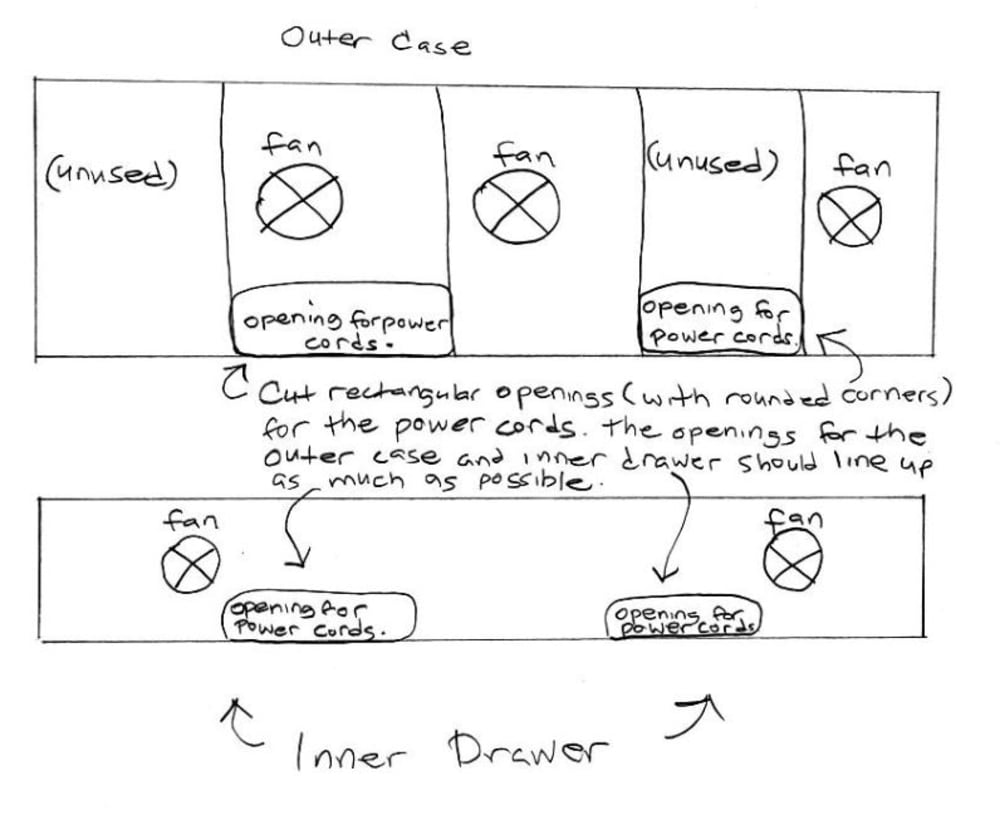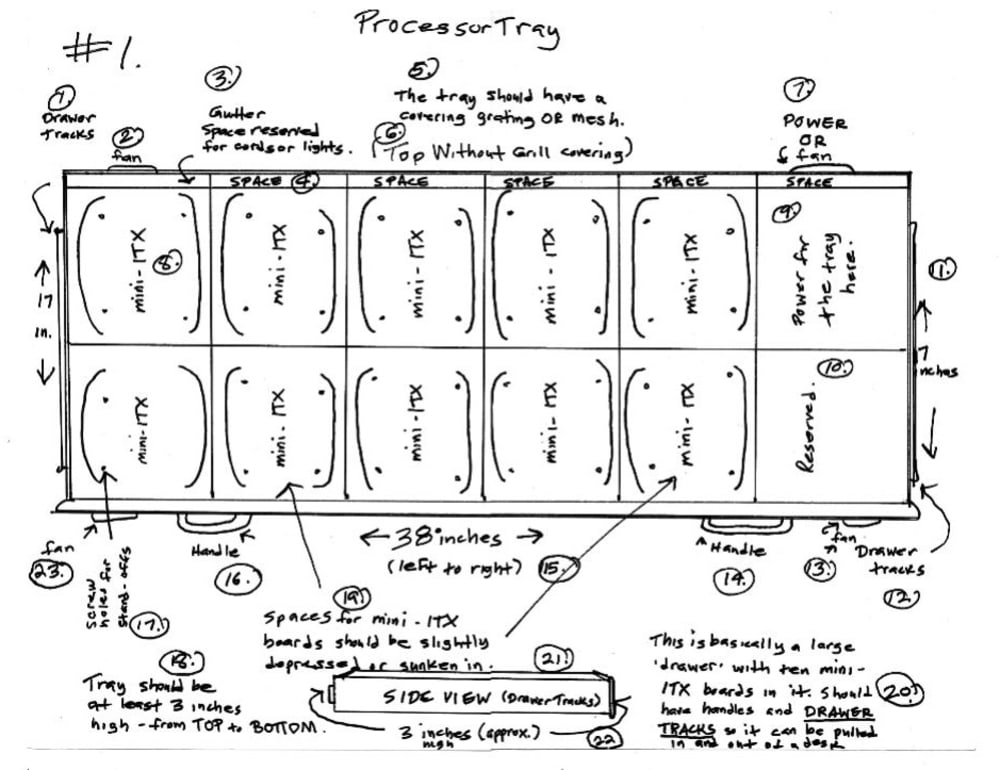The Beowulf Plateau is a variation of a b-cluster with some unique differences. Unlike a traditional b-cluster, the nodes are contained within one centrally located form-factor, a desk. Although it’s true that there are other similar types of clusters (such as those created using Raspberry PIs and Beagle Boards), the boards used in the Beowulf Plateau are more robust. These nodes are capable of utilizing the latest mini-ITX technologies for full desktop computing power. It is only limited by the number of nodes in the desk.
These are a few of the traits this variation has in common with more expensive superclusters and pc-based clusters, but without the price, the maintenance requirements (or service contracts), or large air-conditioned server rooms. The Beowulf Plateau combines the best of these types of parallel computing systems without their downsides. In addition, these boards don’t require much power, and are able to take advantage of the latest advances in cooling technologies.
The problems this configuration solves for any endeavor requiring massive computing capability within a budget are cost effectiveness, system-wide and institution-wide redundancy and failover, minimal space, flexibility, and low maintenance costs without expensive contracts.
The Beowulf Plateau offers massive computing power for every person and department that budget allows – processing that doesn’t have to be shared or centrally controlled. Because of its size and configuration, that need can be fulfilled in a relatively small amount of space. That makes it ideal for environments as diverse as university labs, research vessels, or space stations. The form factor is completely flexible – the number and processing power of the nodes, and their configuration can be custom-made to fit the task. With the proper software, each of a Plateau’s nodes can be used only when needed, for further power savings.
There is a niche to be filled in the market between server farm-based cluster computing and the massive (and more expensive) super-clusters. Each has its own advantages and disadvantages, which can easily and inexpensively addressed or met with the use of these clusters. Plateaus are also portable, easily moved from one location to another. Additionally, the desktop form factor is malleable enough to be re-imagined as any number of inconspicuous, space-saving enclosures. All of this is made possible by the current trend towards smaller, more portable and flexible electronic devices and computer components. In keeping with that size trend, the Beowulf Plateau replaces the larger systems with smaller, more locally based ones.
Most of the components for these units are available ‘off the shelf’ whereas some of the cabling, power, and cooling elements would be specific to the customers’ needs. The enclosure is built to order. Costs of the completed unit(s) are significantly less than supercluster leases and require no service contracts.
Properly utilized, these systems could bring improved benefits to all areas of scientific, academic, and industrial endeavors by making greater amounts of localized, redundant, and modular computing power available to wider base of users – a super computer in each and every desk.
Video
Like this entry?
-
About the Entrant
- Name:Curtis Harrell
- Type of entry:individual
- Software used for this entry:Adobe Creative Suite
- Patent status:none








